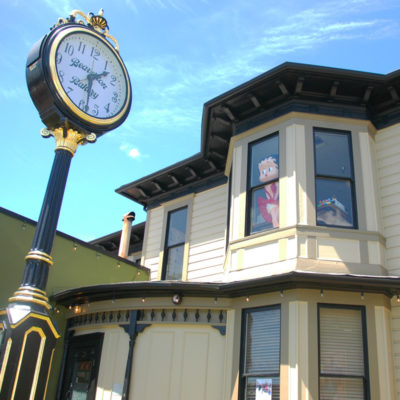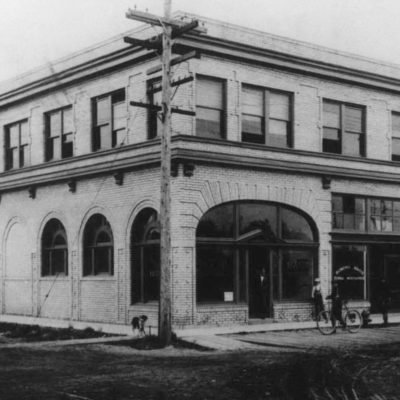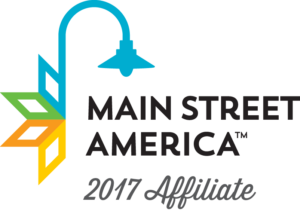 Overview
Overview
Downtown Beaverton is located seven miles west of Portland and is rich with history, culture and a strong sense of community.
Beaverton is a Main Street community with a dedicated group of volunteers committed to incremental revitalization efforts based on downtown’s unique assets, character and heritage. These new efforts have increased the hometown feel and made the downtown a vibrant visitor destination for shopping, business services and dining experiences.
The Beaverton Downtown Association
The Beaverton Downtown Association was formed to enhance the community identity and heritage, foster a center of activity and ensure economic stability for the heart of downtown Beaverton.
The mission of the Beaverton Downtown Association (BDA) is to promote the preservation, history, culture, architecture and public use of Beaverton’s traditional downtown area.
While every part of the city is important – the BDA efforts are focused on the historic downtown area. BDA has produced events to bring people downtown, such as First Friday, Broadway Street Festival, A Taste of Vintage Holidays, and a Wine and Chocolate Walk, as well as advocated for streetscape improvements to Broadway Street and installed plaques on historic downtown buildings.
Contact us at info@downtownbeaverton.org.
 History
History
The area of Tualatin Valley, which became Beaverton, was originally the home of a Native American tribe known as the Atfalati, which settlers mispronounced as Tualatin. The natives had a village called Chakeipi, meaning Place of the Beaver
Following the path pioneered by Lewis and Clark in 1804, the first modern day settlers to Beaverton made the difficult journey across the Oregon Trail in 1847. Like the Afalati, these settlers referred to the place where they staked out their land claims as “Beaverdam Land”.
The families of Lawrence Hall and Augustus Fanno were the only ones living on Beaverdam Land in 1847 but in just over 20 years, there were enough homesteaders here to build a town. In December of 1868, the township of “Beaverton” was officially registered with Washington County.
Beaverton grew steadily after that. In 1915, Otto Erickson and his son-in-law Guy Carr built and sold Ford Automobiles; in 1922, silent movies were made at Premium Pictures Productions; and in the 1930’s, Bernard Airfield became one of the busiest non-commercial airports in the region. By 1940, the population within city limits was 1,052 persons.
Today, the City of Beaverton encompasses 19.6 square miles, and is home to almost 100,000 residents. The city is Oregon’s sixth largest city and the second-largest incorporated city in Washington County. Beaverton is a family-friendly city and is well known for its many attractive and well-planned neighborhoods.

